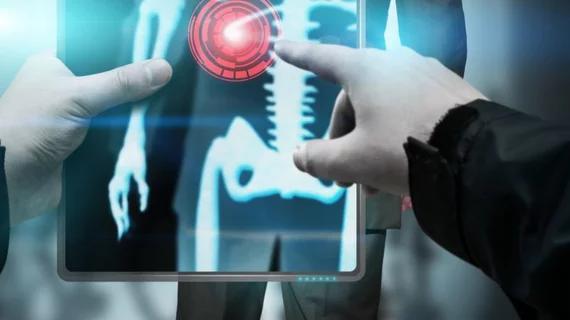Experts call for guidelines limiting interpretations during busy shifts, citing a reduction in error rates
When exam volumes increase, so too does the risk of diagnostic errors in interpretations, many of which can be clinically significant.
This was the case in a new analysis on a large dataset of 654 reports containing diagnostic errors, 90% of which were deemed clinically significant and a substantial portion of which occurred during shifts with higher exam volumes [1].
These and other findings were published Sept. 27 in Academic Radiology, where experts involved in the work suggested that there is a need for streamlined guidelines to establish what a safe number of interpretations per shift should be.
“National guidelines establishing a range of what is a safe number of interpreted cross-sectional studies per day per radiologist, and the number of hours worked per shift are lacking, as is formal research that would help define these specific thresholds,” the paper’s corresponding author Vladimir Ivanovic, MD, with the Department of Radiology, Section of Neuroradiology at the Medical College of Wisconsin, and colleagues shared.
According to their analysis, diagnostic errors were clearly associated with higher workloads during busier shifts. The mean volume of reads during error-free shifts was 34.09, while the volume of interpretations rose to 46.58 during shifts when errors were recorded.
The errors were categorized as either perceptual or clinically significant (84% vs 91.1%), and more than half (59.6%) occurred in emergency/inpatient settings.
“Our data suggests that a workflow adjustment aiming at limiting the number of studies per shift below a critical threshold might be beneficial in reducing error rate,” the authors wrote, adding that their institution is considering limiting the maximum amount of daily neuroradiology interpretations to 40 per day once fully staffed.
More information from the study can be found here.

